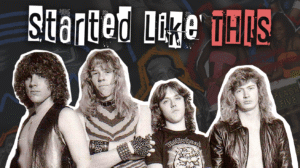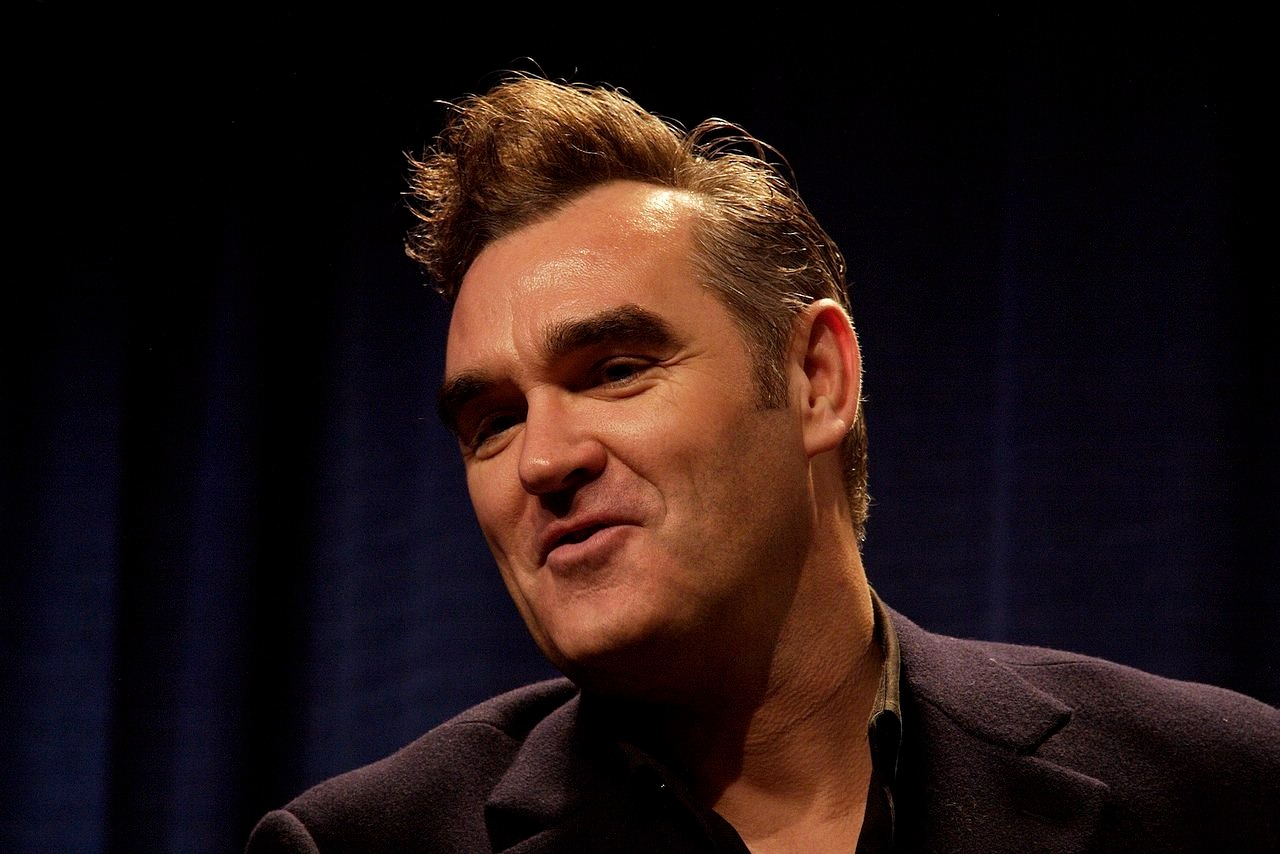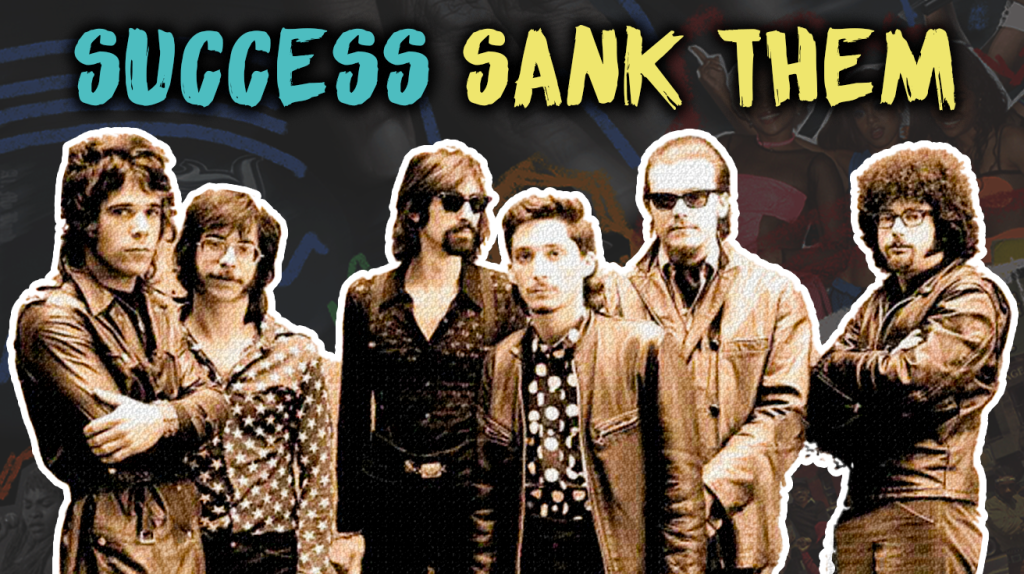
The decade that brought us neon windbreakers and nuclear anxiety also delivered some of music’s most spectacular career implosions. Between MTV’s gatekeeping power and radio’s hook obsession, countless bands discovered that breakthrough moments could become career ceilings faster than a synthesizer solo at a funeral.
14. The Dream Syndicate: Critical Darlings Who Lost Their Edge

When underground credibility meets mainstream expectations, authenticity usually gets voted off the island first.
The Dream Syndicate emerged from Los Angeles’s Paisley Underground scene in the early 1980s with a sound that blended 1960s psychedelia with raw, noisy rock. Their 1982 debut album “The Days of Wine and Roses” became a cult classic and earned critical acclaim as representing “the future of rock.”
However, subsequent albums like “Medicine Show” failed to connect with audiences, as the band shifted away from the raw chaos fans loved toward safer, more rootsy sounds. Combined with lineup drama, label troubles, and loss of creative identity, commercial success never materialized, and the band disbanded by 1989.
13. Ollie & Jerry: Dance Movie One-Hit Wonders
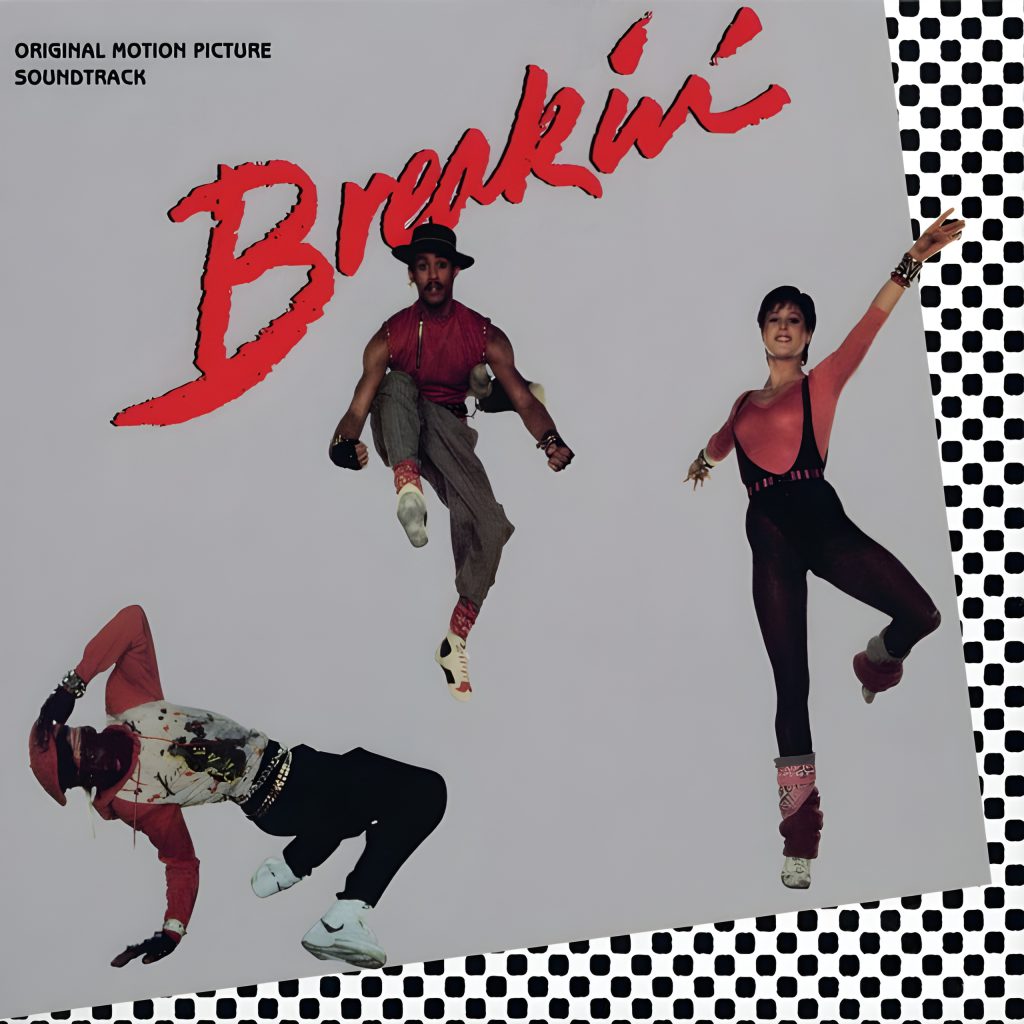
Their career arc moved faster than a breakdancing routine—all flash, then flat on the cardboard.
Olly & Jerry achieved their breakthrough with “Breakin‘… There’s No Stopping Us” from the 1984 cult dance movie “Breakin’.” The track reached the US Top 10 and received heavy rotation on radio and in roller rinks.
Their follow-up single “Electric Boogaloo,” tied to the sequel movie, flopped commercially when the film itself underperformed, failing to even reach the Billboard Hot 100. Without album momentum or sustained hits, the duo disappeared from the music scene as quickly as they had emerged.
12. The Minutemen: Punk Innovators Too Raw for Mainstream

Two-minute songs in a three-minute world—like serving espresso shots at a wine tasting.
The Minutemen created brutally honest, politically charged punk with songs rarely exceeding two minutes in length. Despite their innovative approach and influence on future alternative bands, MTV and mainstream radio showed no interest in their raw, unpolished sound.
The band refused to conform to commercial expectations or fit into marketable categories, playing small clubs across the country but failing to gain mass audience recognition. While they influenced countless future bands, commercial success eluded them during their active years.
11. Husker Du: Hardcore Meets Melody Without Commercial Reward
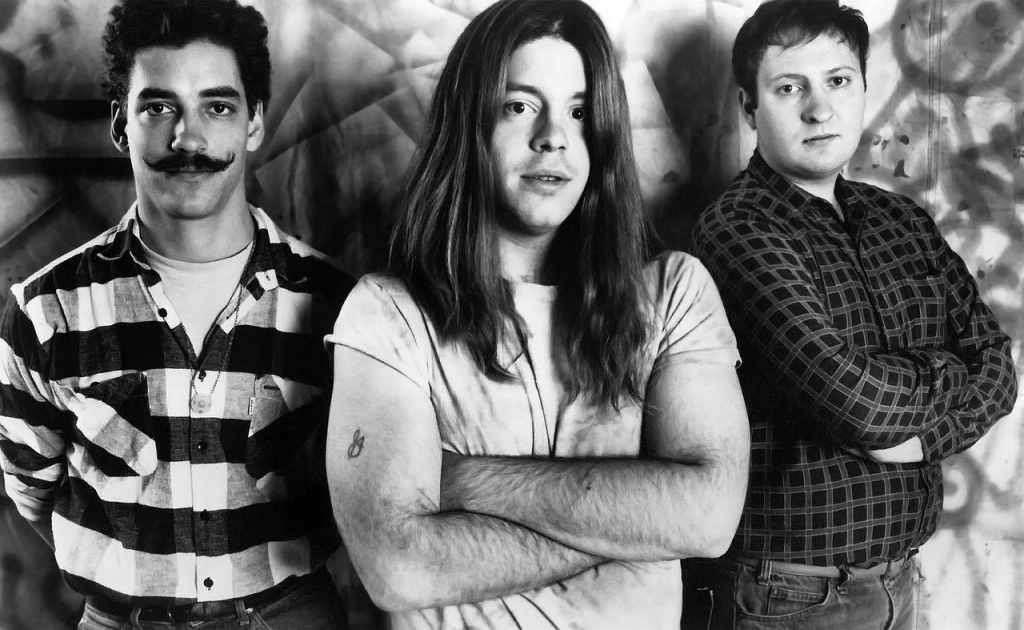
They rewrote the punk playbook, but apparently nobody in the accounting department could read.
Minneapolis’s Hüsker Dü blended hardcore punk intensity with surprisingly melodic elements, creating urgent and honest songs that tested the boundaries of punk music. Major labels took notice and critics praised their innovative approach, yet true commercial payoff in the 1980s remained elusive.
Their willingness to incorporate studio experimentation confused some fans while thrilling others, but radio and sales success never followed despite their prolific output and relentless touring.
10. The Wipers: Dark Influence Without Mainstream Recognition

They built the blueprint for grunge a decade early—too bad nobody was handing out construction permits yet.
Portland’s The Wipers created raw, moody, jagged music with stubborn guitar riffs that influenced the grunge movement. Bands like Nirvana and the Melvins later credited The Wipers as a significant blueprint for their sound.
However, mainstream America barely noticed the band during their active years, with their tapes circulating primarily in underground music circles. Their legacy grew substantially after their dissolution, demonstrating the disconnect between commercial success and lasting musical influence.
9. Quarter Flash: Sax-Driven One-Album Success Story

Their saxophone made them stand out in new wave’s synthesizer parade—until the parade moved on.
Quarter Flash appeared positioned for sustained success when “Harden My Heart” reached the Billboard Top 5 in 1981, with their saxophone-driven sound standing out in the new wave landscape. Follow-up singles like “Find Another Fool” failed to replicate the magic of their debut hit.
By the time their second album arrived, momentum had evaporated, radio stations stopped playing their material, and Columbia Records eventually dropped them. The band remains largely forgotten despite their initial chart success.
8. The J. Geils Band: One Massive Hit After Years of Grinding

They waited a decade for their moment in the sun, then watched it set in eighteen months.
The J. Geils Band achieved overnight sensation status in 1981 with “Centerfold,” which shot to number one on the Billboard Hot 100. Their album “Freeze Frame” also achieved massive commercial success.
However, the band couldn’t produce another anthem to match “Centerfold’s” success, and internal tensions grew toxic. By 1985, the band was collapsing, with their fame fading as rapidly as it had arrived.
7. Timbuk3: Misunderstood Satire Becomes Their Curse

Creating the ultimate protest song disguised as a party anthem—like hiding vegetables in candy, except the vegetables were nuclear war.
Timbuk3’s 1986 debut single “The Future’s So Bright, I Gotta Wear Shades” exploded on the charts as listeners interpreted it as an optimistic anthem about success. In reality, the song was sarcastic commentary about nuclear war, a nuance most audiences missed.
The band resisted being boxed into the upbeat image audiences projected onto them, which meant their later work never gained commercial traction. By the early 1990s, they had slipped into obscurity as the ultimate one-hit wonder built on misinterpretation.
6. Berlin: Oscar-Winning Song, Career-Ending Momentum Loss

They peaked with Tom Cruise’s love life and crashed just as quickly—minus the motorcycle.
Berlin’s “Take My Breath Away” from the 1986 film “Top Gun” won an Oscar and topped charts worldwide. Their follow-up album “Count Three and Pray” failed to meet commercial expectations, and fans quickly lost interest.
Internal tensions split the band in 1987, just one year after their biggest triumph. The band remains forever associated with one of the most iconic movie ballads of the era despite their career crashing immediately after takeoff.
5. A Flock of Seagulls: Hair Higher Than Their Career Arc

Their gravity-defying hairstyles couldn’t keep their popularity from falling back to earth.
A Flock of Seagulls saw immense decline in commercial appeal by 1986, with their album “Dream Come True” becoming a commercial failure. The original lineup broke up in 1986, and their legacy never truly escaped their early 1980s prime despite being remembered for hits like “I Ran (So Far Away).”
4. Soft Cell: Tainted Love, Tainted Career

One perfect cover song became their golden handcuffs—beautiful, but impossible to escape.
Soft Cell broke up in 1984 and reunited in the early 2000s but never outperformed their 1980s success. “Tainted Love,” which peaked at No. 8 on the Billboard Hot 100 and No. 1 in the UK in 1982, remains the defining identity of the band.
3. The Church: Australian Excellence Lost in Translation
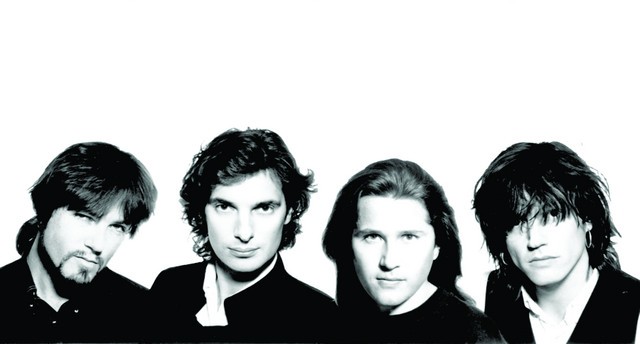
They mastered atmospheric rock but couldn’t master the American music industry’s translation software.
The Church, an Australian band, had limited commercial success despite building a devoted fanbase and scoring a Top 40 hit with “Under the Milky Way” from their 1988 album “Starfish.” Sales failed to meet expectations, leading to their label dropping them and the loss of a band member mid-tour.
2. Vixen: Female Bon Jovi Meets Reality Check

Marketing promised stadium rock stardom, but delivered a crash course in music industry sexism instead.
Vixen, marketed as the “female Bon Jovi,” achieved radio hits with their 1988 self-titled debut including “Edge of a Broken Heart” and “Cryin’.” Their sophomore album “Rev It Up” failed to hit hard, and the band dissolved in 1992 amid internal clashes, lineup changes, and a band name lawsuit.
1. The Hooters: MTV Darlings Trapped in Time

When the 1990s arrived demanding grittier sounds, The Hooters felt like showing up to a rave in parachute pants.
The Hooters achieved success with hits like “And We Danced” and “Day by Day” during the mid-1980s MTV boom. When the 1990s arrived with demands for grittier rock and sleeker pop, The Hooters felt too safe and tied to the previous decade’s aesthetic. Their later albums couldn’t recapture the earlier momentum.






